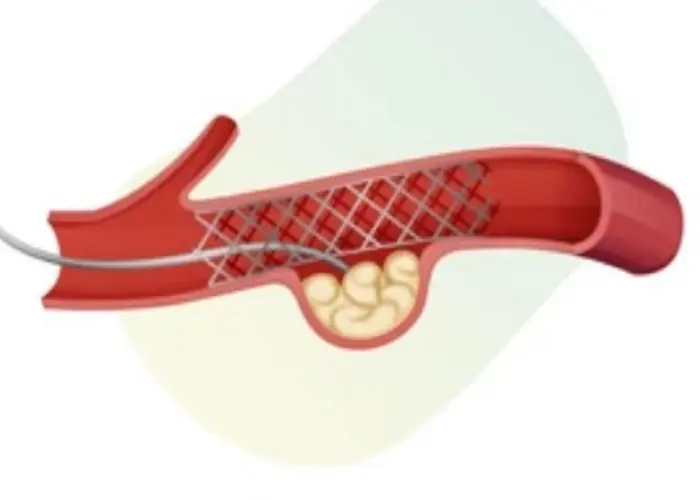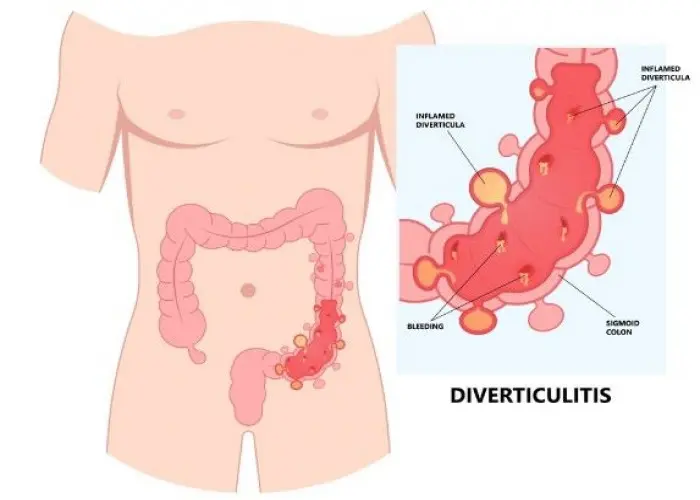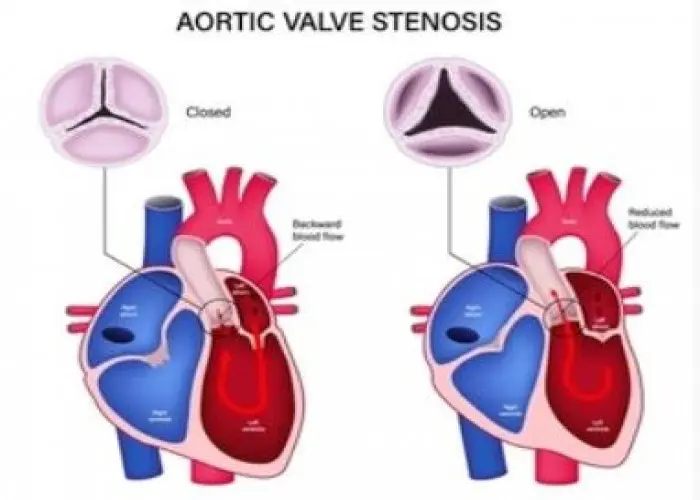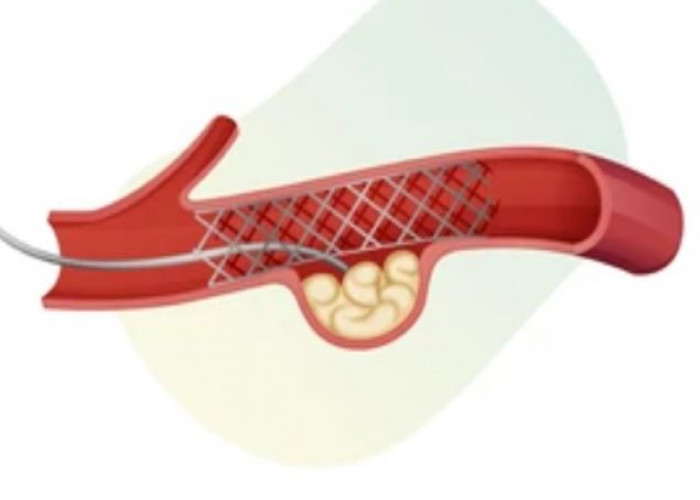 Welcome
Welcome
“May all be happy, may all be healed, may all be at peace and may no one ever suffer."
Aneurysms

An aneurysm is a bulge or ballooning in the wall of an artery, which is a blood vessel that carries blood away from the heart to other parts of the body. Aneurysms can occur in any blood vessel in the body but are most commonly found in the aorta (the main blood vessel that carries blood from the heart to the rest of the body), the brain, and the legs.
An aneurysm can be a serious condition because it can rupture (burst) and cause life-threatening bleeding. The risk of rupture depends on the size and location of the aneurysm, as well as other factors such as age, medical history, and lifestyle.
There are several types of aneurysms, including:
- Aortic aneurysms: This type of aneurysm occurs in the aorta and is most common in older people and those with high blood pressure.
- Brain aneurysms: These aneurysms occur in the blood vessels of the brain and can cause a stroke if they rupture.
- Peripheral aneurysms: These aneurysms occur in the blood vessels outside of the brain and spinal cord and can cause problems in the legs, arms, and other parts of the body.
Treatment for an aneurysm depends on its size, location, and risk of rupture. In some cases, aneurysms can be treated with medication or lifestyle changes to manage the underlying conditions that are contributing to the aneurysm (such as high blood pressure). In other cases, surgery may be necessary to repair or remove the aneurysm.
If you think you may have an aneurysm or are experiencing symptoms such as sudden and severe headaches, vision changes, or neck pain, it's important to see a doctor for a diagnosis. Your doctor may perform tests such as an MRI or CT scan to diagnose an aneurysm and determine the best course of treatment.
Research Papers
Disease Signs and Symptoms
- Abnormal blood vessels on the skin (spider angiomas)
Disease Causes
Disease Prevents
Disease Treatments
Disease Diagnoses
Disease Allopathic Generics
Disease Ayurvedic Generics
Disease Homeopathic Generics
Disease yoga
Aneurysms and Learn More about Diseases

Snake bite

Fecal incontinence

Aortic valve stenosis

Albinism

MRSA infection

Inherited metabolic disorders

Spinal cord injury

Cluster headache
Aneurysms, Brain aneurysm, Aortic aneurysm, Abdominal aortic aneurysm, অ্যানিউরিজমস
To be happy, beautiful, healthy, wealthy, hale and long-lived stay with DM3S.
